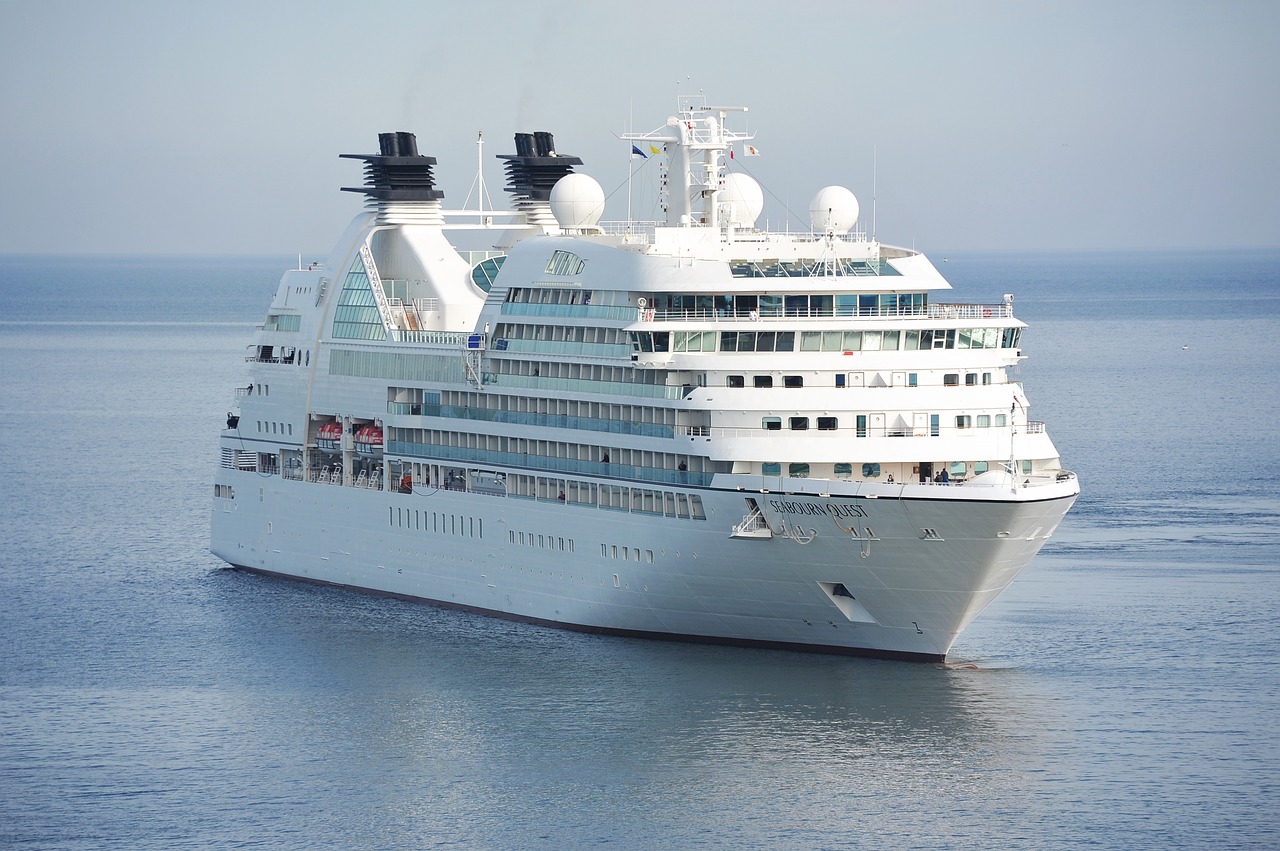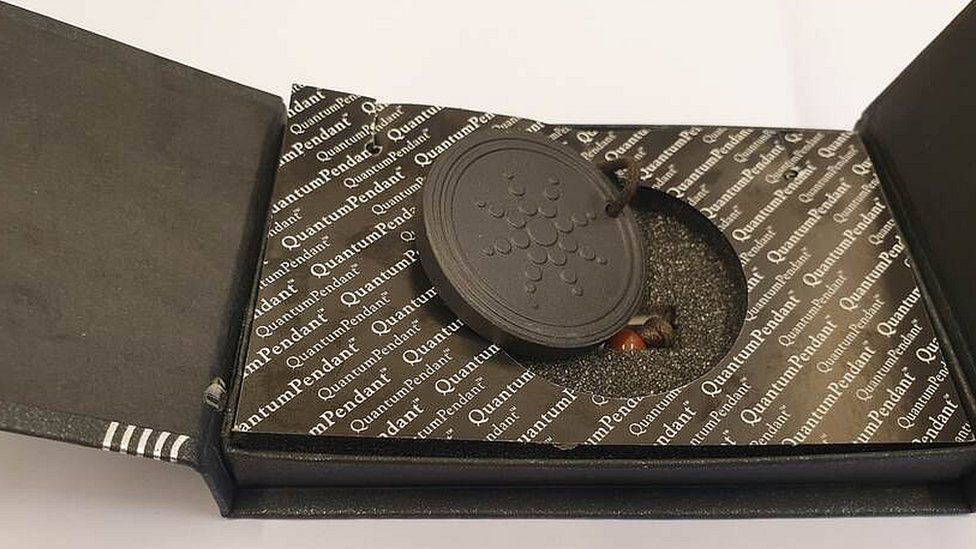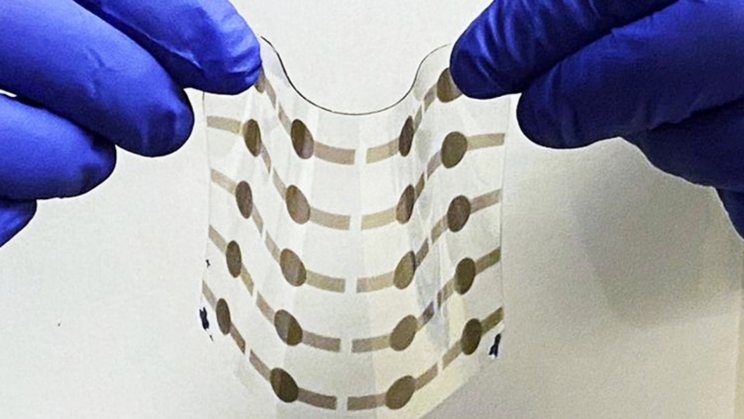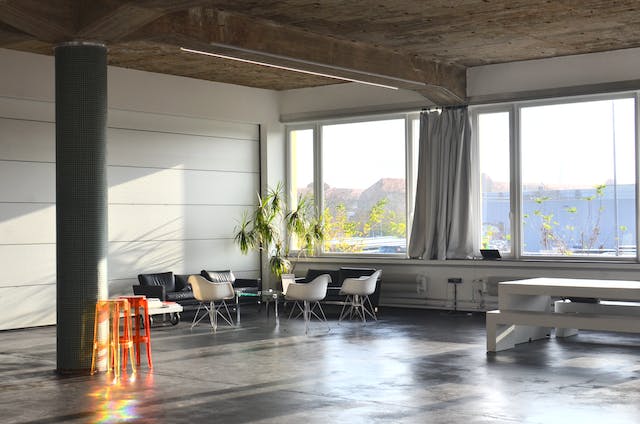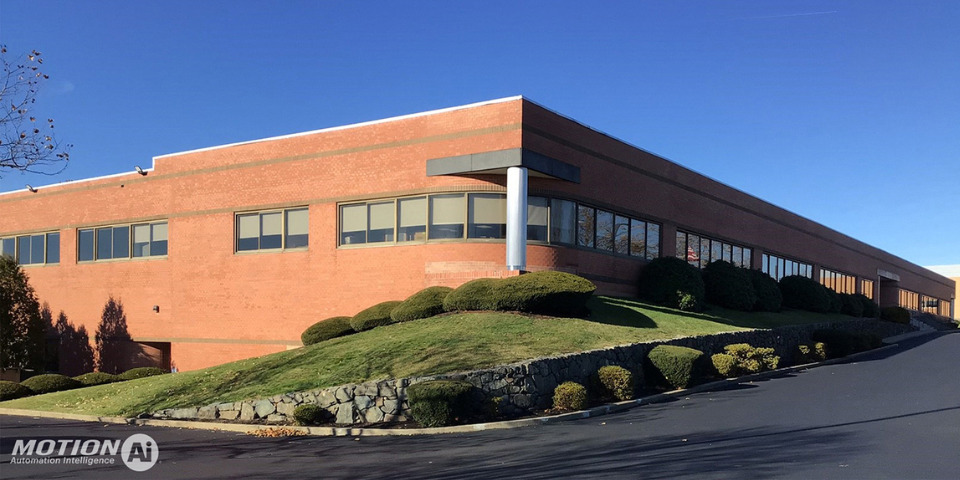More than 500 engineers from 24 countries have worked together to successfully right the Costa Concordia. It took 19 hours to pull the 114,000-ton cruise ship upright.
In her prime, the Costa Concordia carried 3,700 passengers on 13 decks and contained 13 bars and lounges, five restaurants, four swimming pools, a jogging track and a nine-deck high glass-domed rotunda atrium. But for the past 20 months, the vessel has been on its side after running aground off the coast of Italy.
Rescuing the Costa Concordia involved a complicated choreography of moves involving pulleys, cables and steel tanks. The salvage operation is being called the largest of its kind.
The process of Righting Costa Concordia
First, stanchions were driven into the shoreline along the full length of the ship. Chains were attached to the stanchions and wrapped around the ship so that it wouldn’t slip down the steep incline. Three disaster scenarios were possible: the ship could topple down the incline, slide down the incline or break apart. Fortunately, none of these occurred.
Next, crews constructed a massive steel platform anchored to the granite seabed to provide a place for the ship to sit once it was righted. Thousands of bags of cement were laid underneath to create a level surface under the ship so that as it slid against the granite the hull would not be ripped apart. After that, 100-foot tall hollow caisson boxes were filled with seawater and air to help float the ship after it was upright.
The ship was then tipped using hydraulic jacks that pulled cables connecting the top of the caissons boxes to the underwater platform. A giant crane was used to help lift and stabilize the ship. Cameras were installed throughout the hull for real-time monitoring of how the ship was doing. As the ship began to move, water was pumped from it and let out of the caisson boxes to help the ship float.
Costa Concordia took its maiden voyage in June 2006. It will be towed to a shipyard in the spring and turned into scrap.

